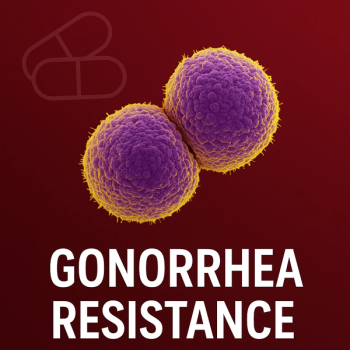
Health Care Workers Make the Most of Medical Masks in COVID-19 Response
Medical masks are essential tools for health care workers responding to the COVID-19 outbreak, and officials are working to increase understanding and address concerns about shortages of equipment.
Medical masks have become a symbol of the current COVID-19 outbreak, with anxious citizens stockpiling them and frontline health care workers facing shortages.
A recent
Face masks are loosely fitting and recommended for use by individuals with symptoms of respiratory infection, health care workers and others in close contact with infected people. They trap large sprays and droplets from coughing and sneezing. There is no evidence to suggest that wearing face masks prevents healthy people from becoming ill, the study noted, adding that such personal protective equipment should be reserved for those who need them to avoid shortages.
Tips for wearing a face mask include washing hands for at least 20 seconds before putting the mask on, securing the mask over the nose and mouth with no gaps and avoiding touching the front of the mask.
N95 respirators fit more tightly and protect the wearer from smaller, airborne particles. These medical masks, which block 95% of airborne particles, are not recommended for use by the general public because they require special fit testing. It is more difficult to achieve a proper fit with an N95 respirator, and these are not recommended for use by people with facial hair or by children.
The report underscores that proper hand hygiene is one of the important measures for preventing the spread of respiratory infections and recommends frequent hand washing; avoiding touching the nose, eyes or mouth; avoiding close contact with people who are sick; and cleaning household surfaces and objects.
Supplies of N95 respirators have dwindled as anxiety surrounding the COVID-19 outbreak rises, and some hospitals in the United States have been unable to get new shipments of the masks, leading to rationing at some sites,
Access to N95 respirators is crucial for frontline health care workers to manage the outbreak and care for increasing numbers of ill patients.
The US Department of Health and Human Services
The US Centers for Disease Control and Prevention released a
When supplies of N95 respirators are running low, the CDC recommends strategies including using respirators beyond the designated shelf life, using respirators approved for use in other countries, implementing limited reuse of N95 respirators, and prioritizing the use of respirators by activity type.
In the event that no respirators are left, the CDC recommends steps including excluding health care workers at high risk—such as those who are older, have medical conditions or are pregnant—from contact with patients suspected of having illness from COVID-19, and designating health care personnel who have recovered from the infection and may have immunity to provide care to patients.
While concern about access to medical masks has gotten a lot of attention, masks aren’t the only equipment strained by the outbreak. Tedros Adhanom Ghebreyesus, PhD, director-general of the World Health Organization,
The outbreak is
For the most recent case counts in the COVID-19 outbreak, check out the
Newsletter
Stay ahead of emerging infectious disease threats with expert insights and breaking research. Subscribe now to get updates delivered straight to your inbox.


















































































































































































































































































